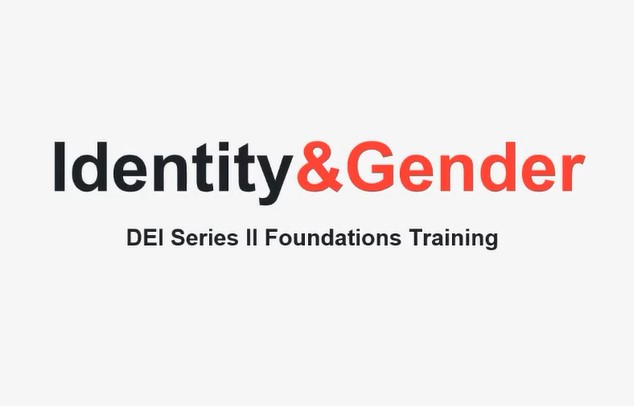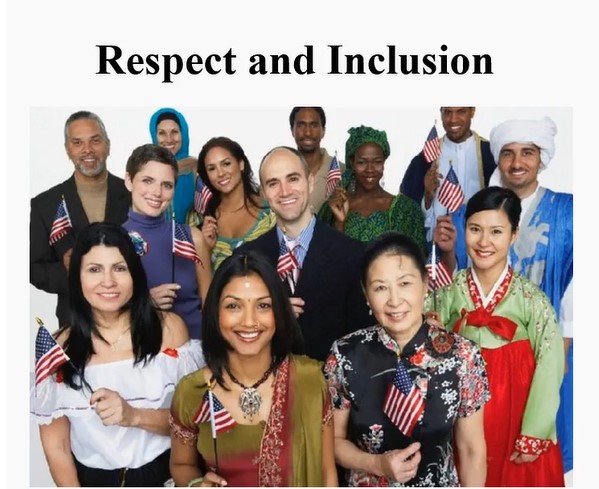Resources and Tools for Success
Diversity, Equity, Inclusion and Justice Definitions
Gain a deeper understanding of these important concepts so you can help promote them throughout our educational environment.
Diversity
All the ways in which people differ, encompassing the different characteristics that make one individual or group different from another. While diversity is often used in reference to race, ethnicity, and gender, we embrace a broader definition of diversity that also includes mission-relevant experience, age, national origin, religion, disability, sexual orientation, socioeconomic status, education, marital status, language(s) spoken, and physical appearance. We also recognize that individuals affiliate with multiple identities (Code for America, 2020).
Equity
The fair treatment, access, opportunity, and advancement for all people, while at the same time striving to identify and eliminate barriers that have prevented the full participation of some groups. In order to improve equity, we must increase justice and fairness within the procedures and processes of institutions or systems, as well as in their distribution of resources. Tackling equity issues requires an understanding of the root causes of outcome disparities within our society. This is integral to Code for America’s mission (Code for America, 2020).
Inclusion
The practice or policy of providing equal access to opportunities and resources for people who might otherwise be excluded. It also refers to environments and places in which any individual or group feels welcomed, respected, supported, valued, and able to fully participate. An inclusive and welcoming culture embraces differences and offers respect in words and actions for all people, and fosters a diversity of thought, ideas, perspectives, and values (Code for America, 2020).
Code for America. (2020). Diversity, Equity & Inclusion. Retrieved October 05, 2020, from https://www.codeforamerica.org/diversity
Social Justice
Social justice is the belief that everyone deserves equal access to and participation in our community as well as equal economic, political, and social rights. Social justice includes a “vision of society in which the distribution of resources is equitable” and all members of a space, community, or institution, or society are “physically and psychologically safe and secure” (Adams et al., 2016). The goal of social justice is full and equal participation of all groups in a society that is mutually shaped to meet their needs.
Adams, M et al. (2016). Teaching for Diversity and Social Justice. New York: Routledge. p. 1.
Foundational Professional Development
[[Copy needed from stakeholder – who created these resources, and what can users expect to learn? Are they interactive?]]
Second Series

Identity and Gender
[[Copy needed from stakeholder – 2-3 sentence description of this resource]]

Respect and Inclusion
[[Copy needed from stakeholder – 2-3 sentence description of this resource]]
First Series
[[Would it be possible to load these videos onto YouTube or another video hosting service? We typically jump users out to view videos, rather than embedding them on the website.]]
DEIJ Resources Guide
Find in-depth resources regarding diversity, equity, and inclusion, including foundational knowledge, allyship and advocacy, ableism/disability, cultural competence, best practices, and more in the DEIJ Resources Guide.

